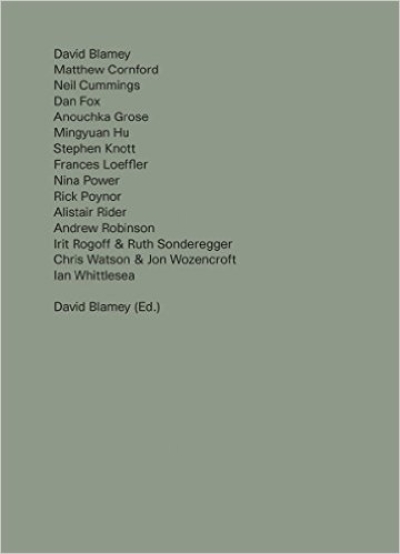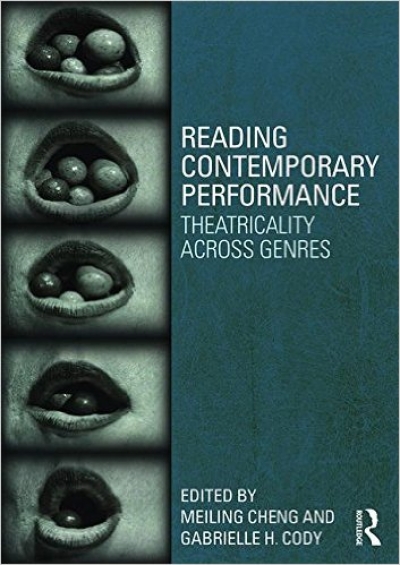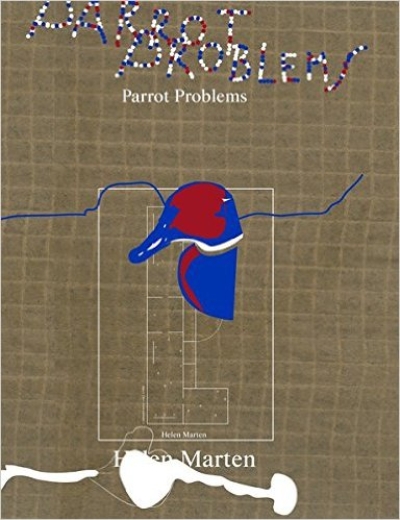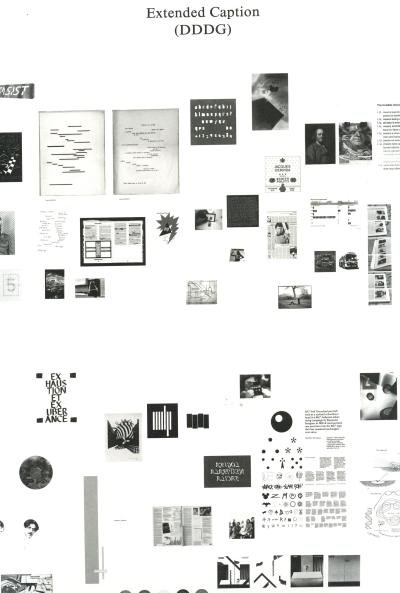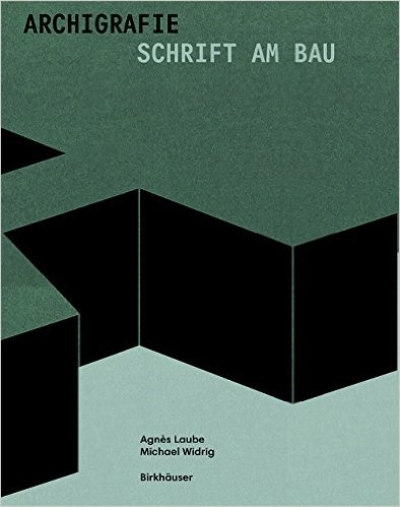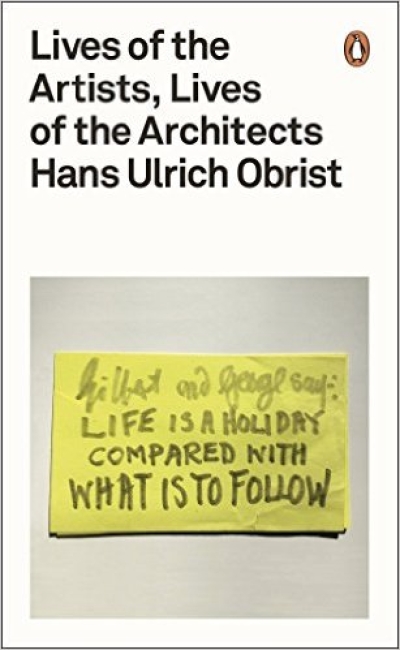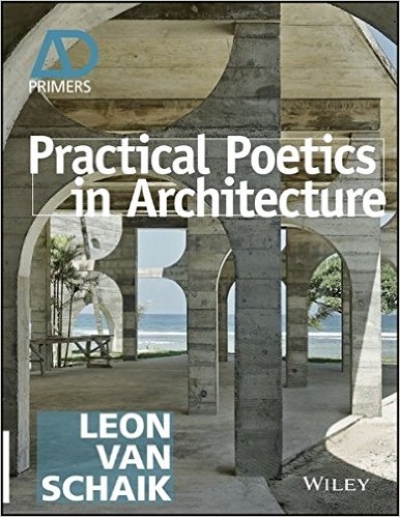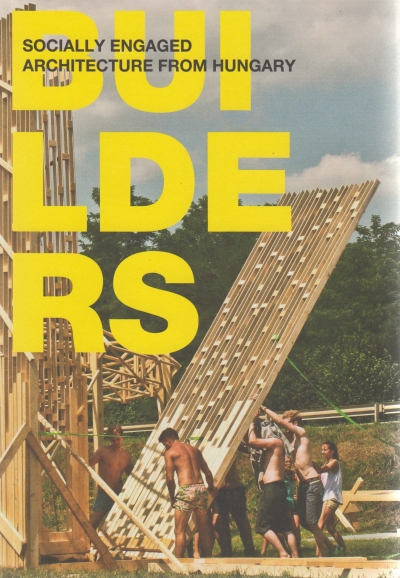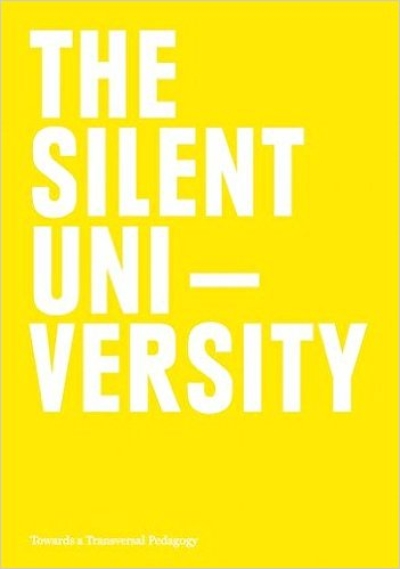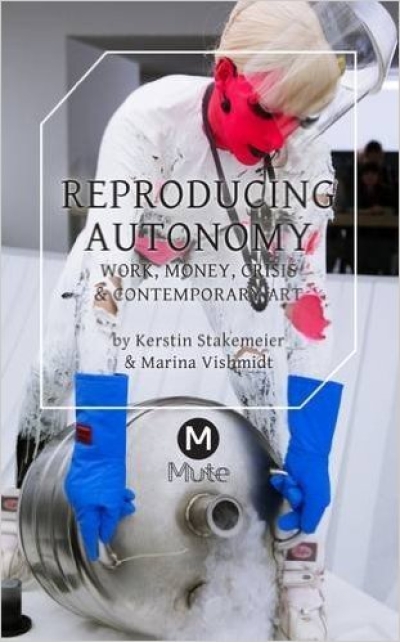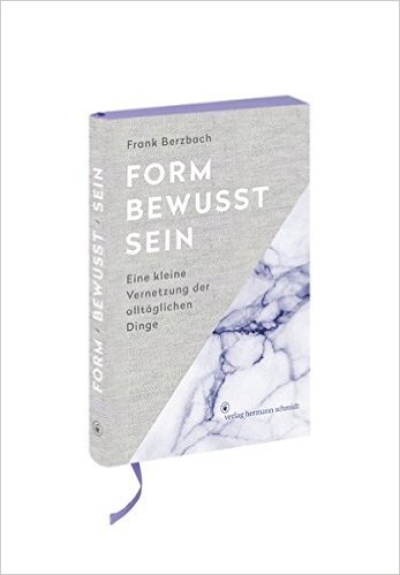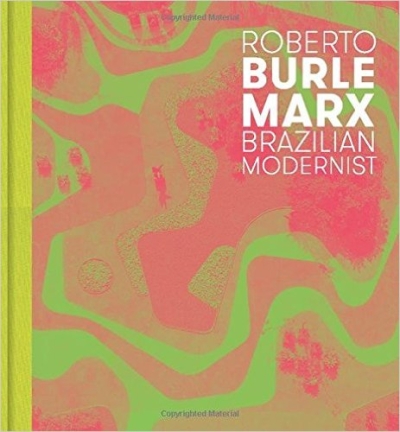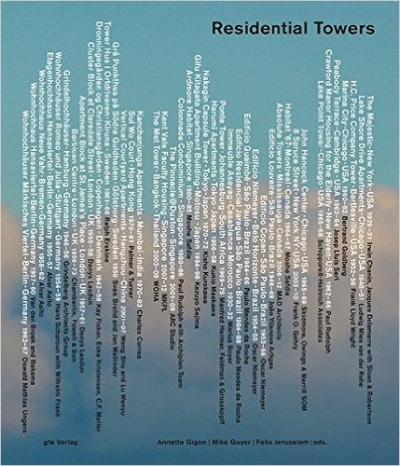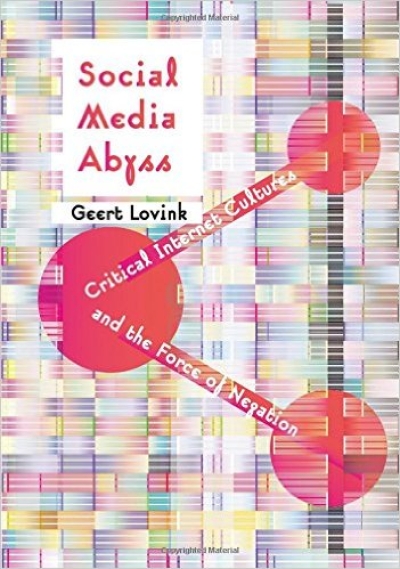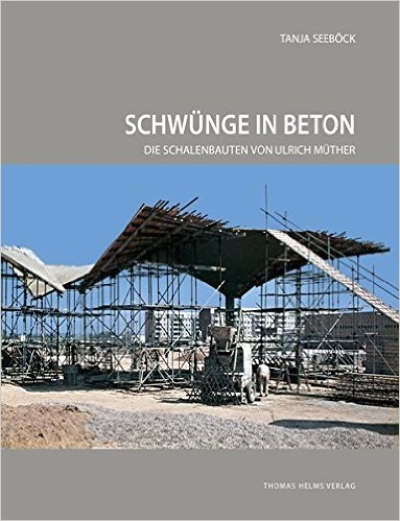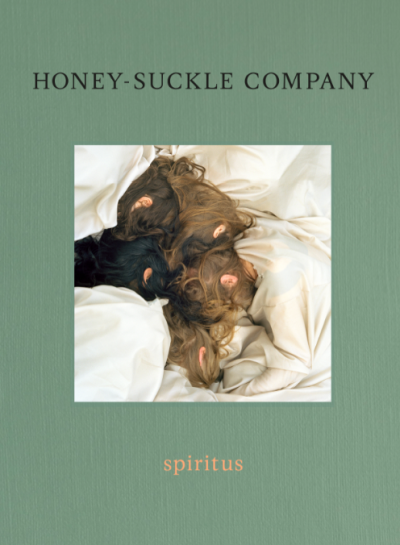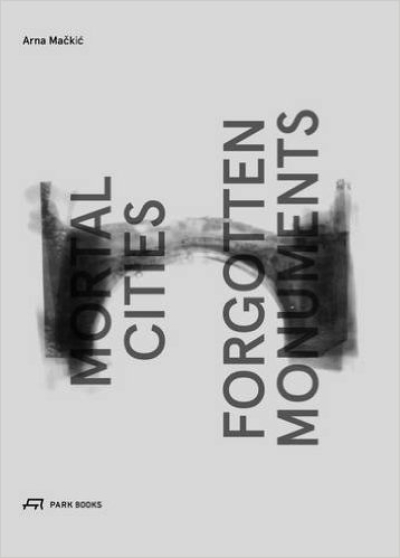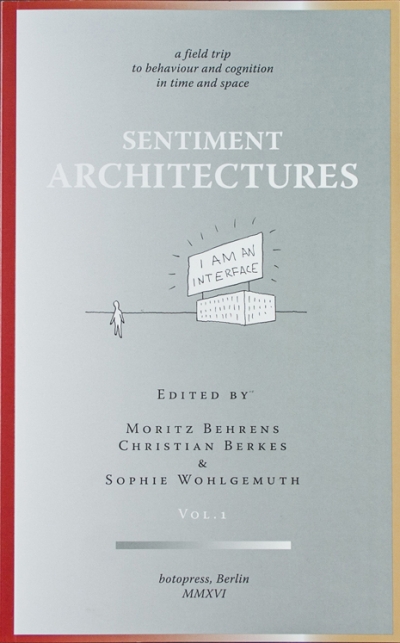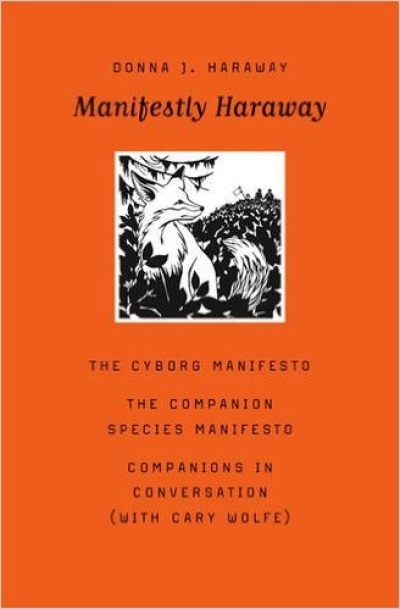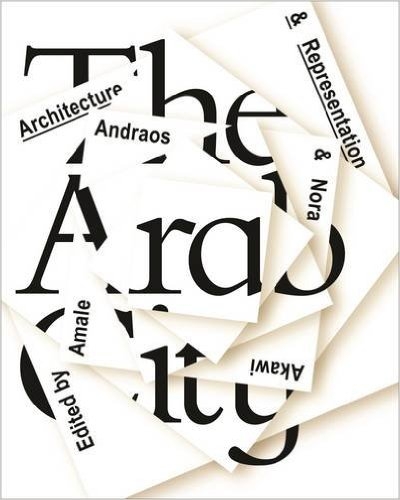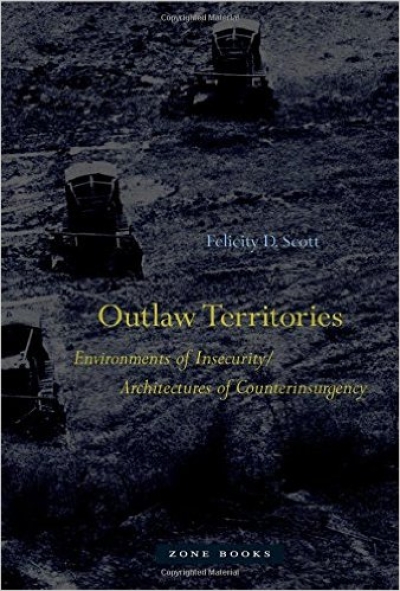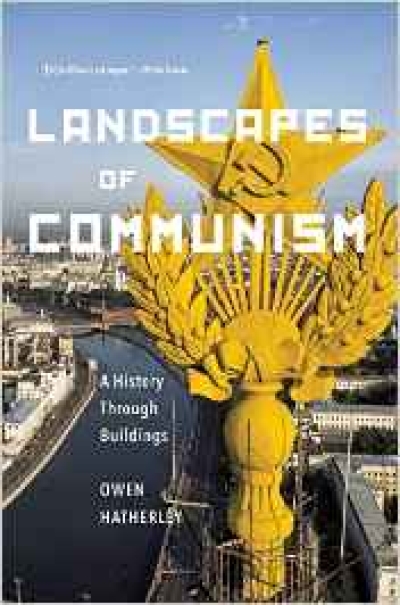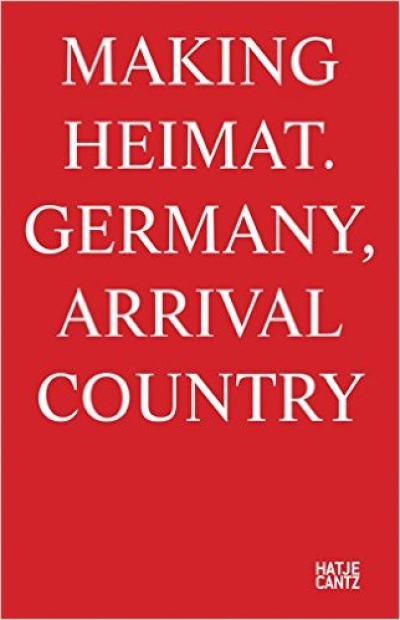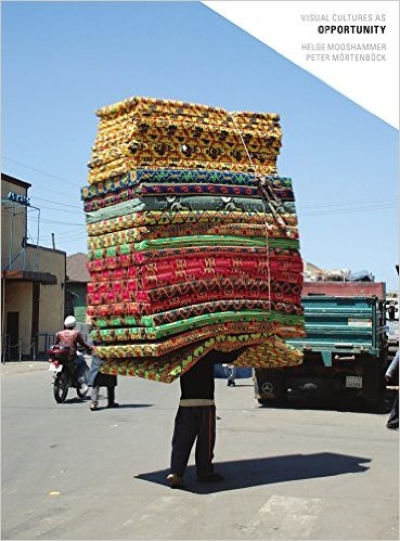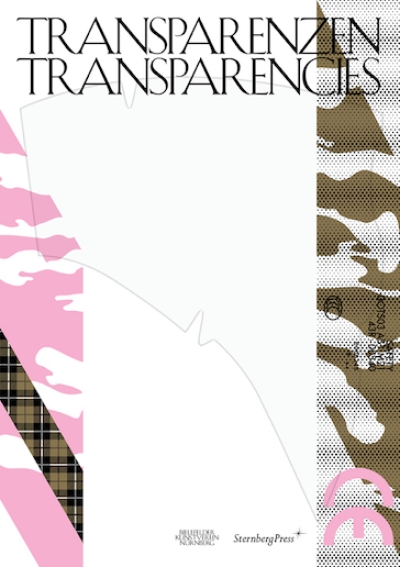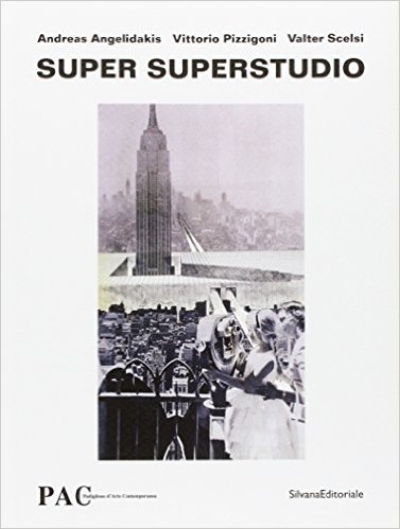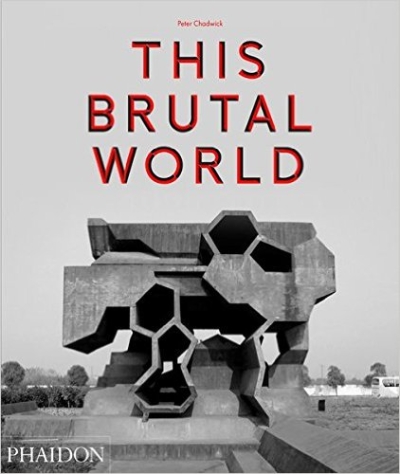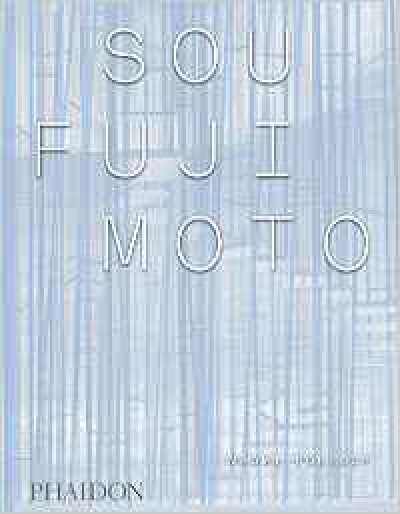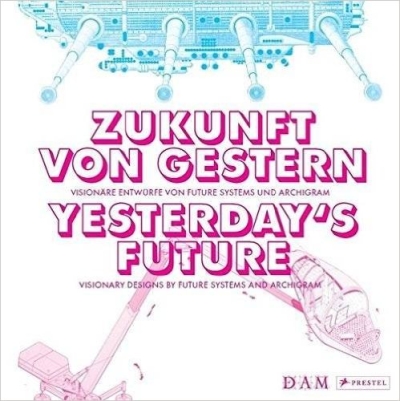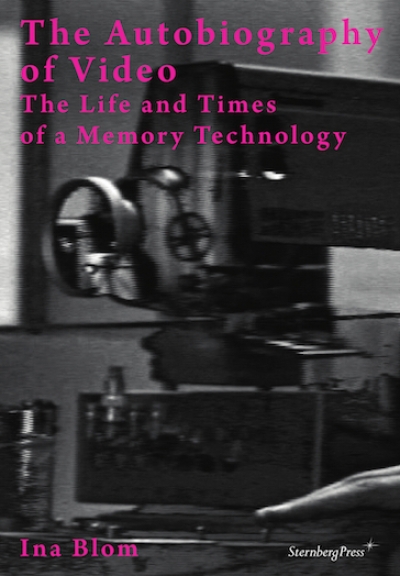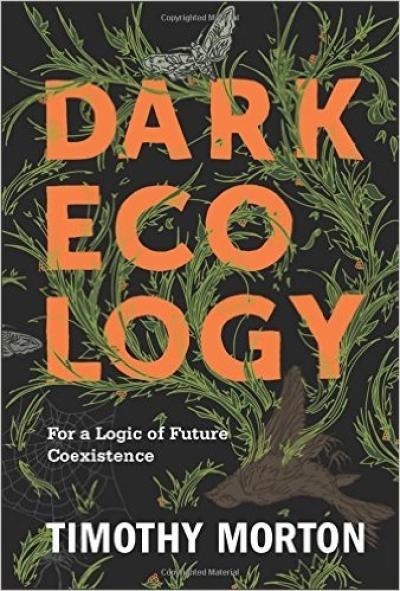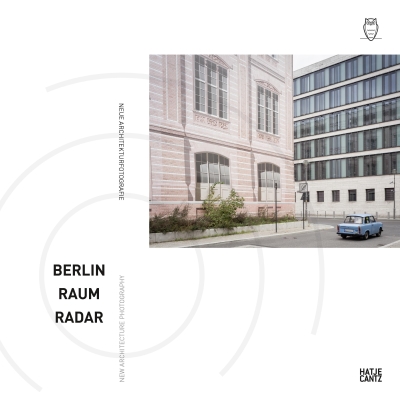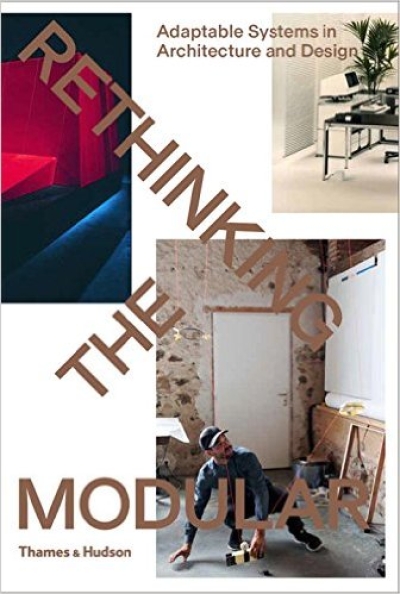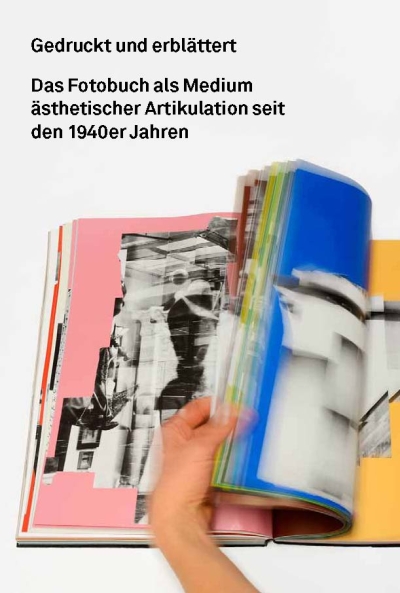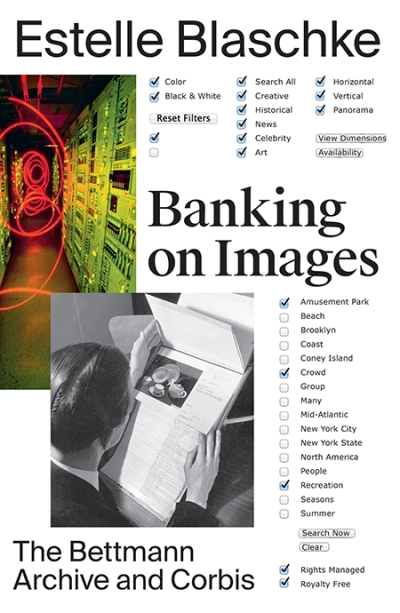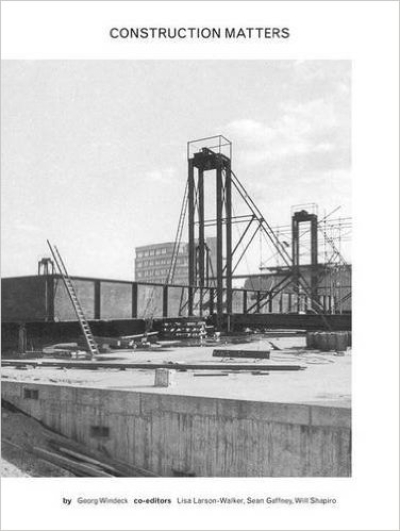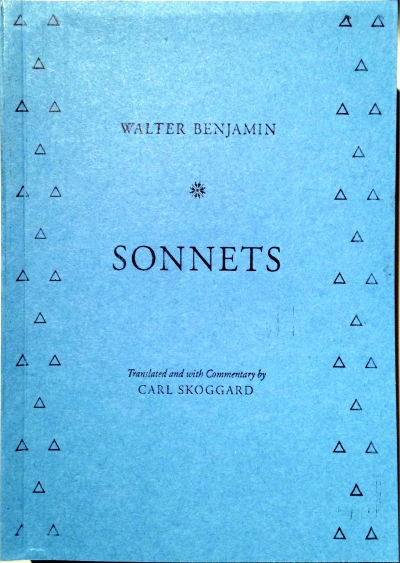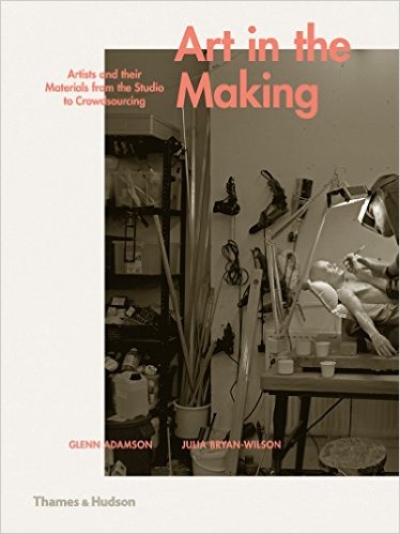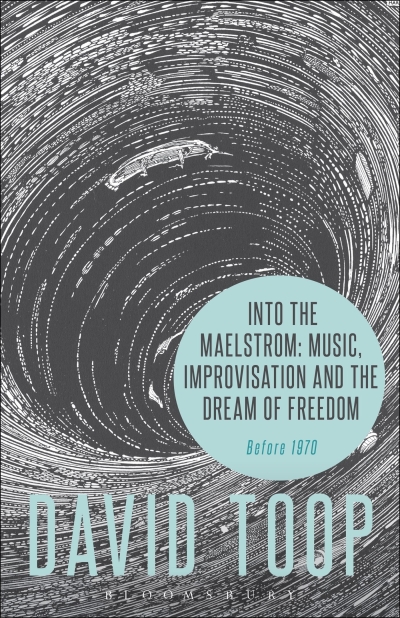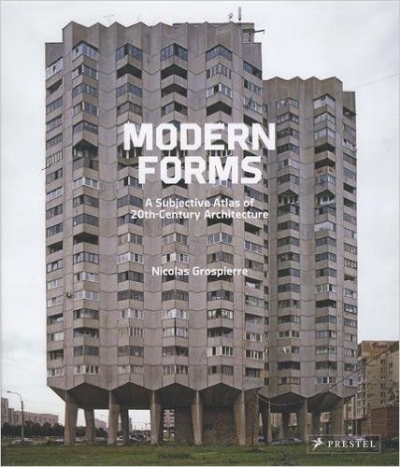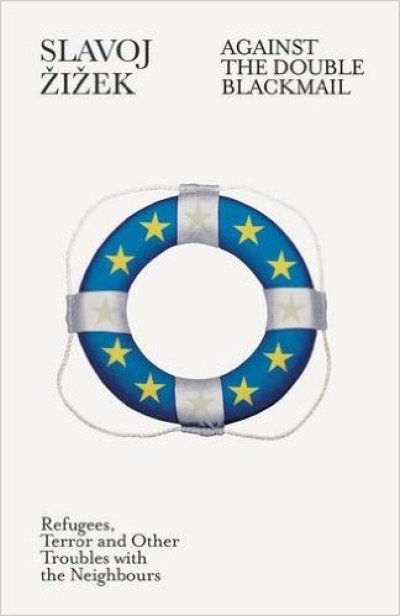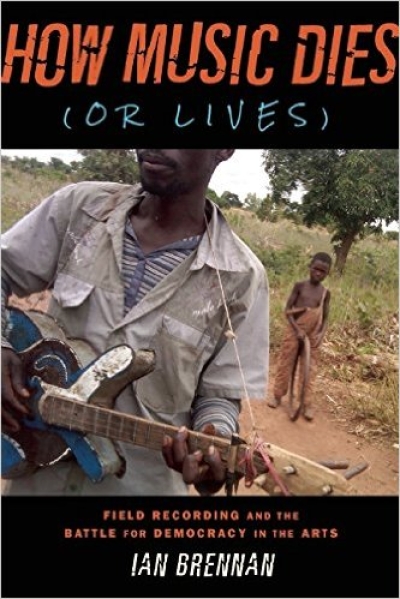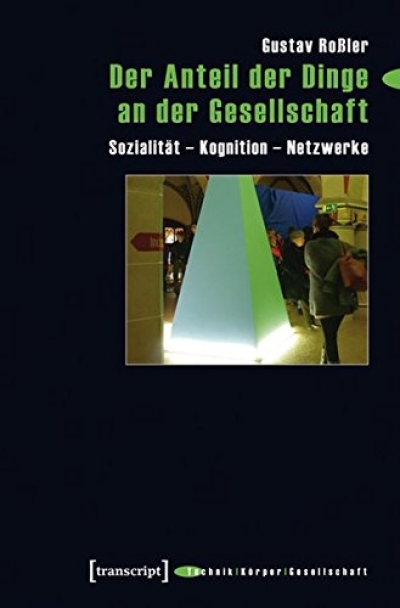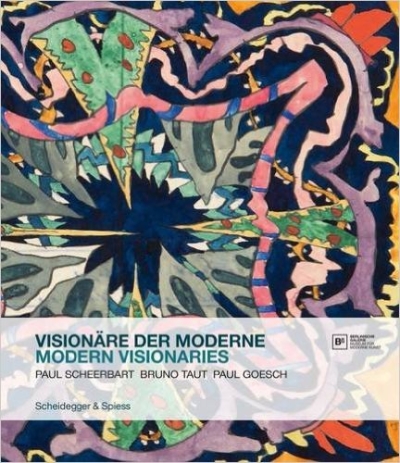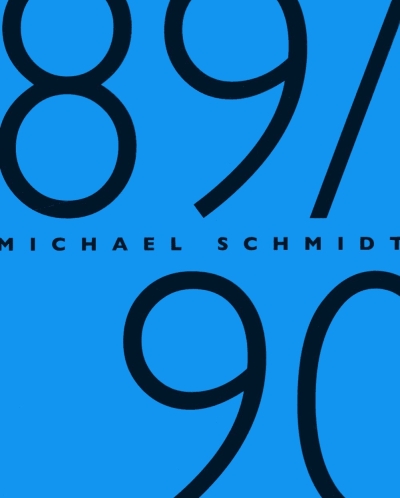
89/90
Michael Schmidt photographiert seit 1965, analog und in Schwarzweiß, mit einem ungewöhnlich breiten Spektrum an Grautönen. "Schwarz und Weiß sind bei mir immer das dunkelste Grau und das hellste Grau" (Michael Schmidt 1996). Seit Jahrzehnten verzichtet Michael Schmidt auf Kompositionsmuster, die sich für das herausragende Einzelbild bewährt haben. Er bevorzugt die Serie, deren künstlerische Aussage sich nicht im Einzelbild erschöpft, sondern bei der ein Bild auf andere hinweist. Für jede dieser Serien sucht Michael Schmidt eine neue Art von Zugang, die dem jeweiligen Thema angemessen scheint. Dazu gehört auch das individuell gestaltete Künstlerbuch, das die Veröffentlichung einer Serie begleitet. Mit seinem ungewöhnlich sorgfältigen Produktionsprozeß wurde Michael Schmidt in den letzten Jahren zum Vorbild für eine jüngere Generation von Photographen. "Grau als Farbe" ist die bislang umfangreichste Einzelausstellung des Künstlers und umfaßt Werkgruppen aus fünf Jahrzehnten mit insgesamt 400 Originalphotographien. Neben den berühmten serien "Waffenruhe", "Frauen" oder Einheit" präsentiert sie auch zahlreiche neue, noch nie gezeigte Arbeiten Michael Schmidts.
Meisterwerke In seinem Œuvre, das bis ins Jahr 1965 zurückreicht, hat der deutsche Fotograf Michael Schmidt, geboren 1945 in Berlin, sich immer und immer wieder mit der in ständiger Veränderung begriffenen Stadtlandschaft seines Geburtsorts beschäftigt. Mit seinem Buch Waffenruhe (1987), das einem neuen lyrischen Stil huldigte und Grau als dezidierte Farbe einsetzte, erlangte Schmidt internationale Anerkennung. In Waffenruhe richtet Schmidt seinen Fokus auf die emotionalen Bedingungen des Ideologiewandels, wie sie sich in den urbanen Räumen Berlins und im Leben seiner Einwohner widerspiegeln. »Ich machte einige Bilder, auf denen nur Suppe zu sehen ist – dieselbe Suppe, die damals im November herrschte«, teilte Schmidt schon Ende der 1970er Jahre über einige seiner Berliner Aufnahmen mit. Spielte er, ohne es selbst zu diesem Zeitpunkt zu ahnen auf die spätere Suppe vom legendären Herbst 1989 an? Schmidt versteht sich jedoch nicht als sozialkritischer Fotograf. Er wolle die Welt nicht verändern, sondern leiste ihr Widerstand und betrachte sich als Realisten im Brecht’schen Sinne: »Realismus ist nicht, wie die wirklichen Dinge sind, sondern wie die Dinge wirklich sind.« […] In 89/90 kommt die Mauer wieder vor. Oder besser: Wir sind eingeladen, uns anzuschauen, was sich bei oder nahe der alten Mauer befindet und vom neuen Berlin (noch) nicht beseitigt worden ist. Manche von Schmidts Szenerien wirken wie Fotos von Ausgrabungen. Es handelt sich dabei um ziemlich brüske Dispositive: Einzelne Gegenstände oder bloße Spuren nehmen das Auge des Betrachters mit einer Roh- oder Schutzlosigkeit gefangen, so als ob sie an einem Protestakt mitwirkten. Aber alle Dinge bleiben stumm. Wie auch in seinen Ausstellungen und anderen Büchern hat Schmidt in 89/90 alle direkten Erklärungen und ausweisenden Untertitel weggelassen. Auf diese Weise gelingt es Schmidt, den historischen Status des jeweiligen Monuments oder Dokuments noch eindringlicher zu hinterfragen. Fürwahr, seine Fotografien von Berlin und dessen sagenumwobener Mauer stehen zuerst und vor allem für das, was Heidegger einst in seinem mit gleichlautendem Titel versehenen Aufsatz als »die Zeit des Weltbildes« beschrieben hat. Für Heideggers »wesentliches Denken« ist ein Weltbild kein Bild von der Welt, sondern die als Bild be- und ergriffene Welt. Genau diese Unterscheidung ist auch für die Vorgehensweise Schmidts kennzeichnend, wenn er den Beobachter mit dem Vorgang des Sehens als solchem konfrontiert. […] Das gesamte fotografische Werk von Schmidt führt eine einzige große Ermittlung in der Frage, in welchem Zustand sich Deutschland befand, befindet und befinden wird. Michael Schmidts Bilder sind unmissverständlich »Deutschlandbilder«, und damit steht er in derselben Tradition wie seine Kollegen August Sander, Bernd und Hilla Becher und Hans-Peter Feldmann, allesamt ebenso exemplarische Fotografen der deutschen Staaten.
Masterpieces In his photographic oeuvre, which began in 1965, German photographer Michael Schmidt, born in 1945 in Berlin, has engaged over and again with the changing urban landscape of his native city. With his book Waffenruhe (1987) Schmidt gained international acclaim. While taking on a new and lyrical style and printing gray as a firm color, Schmidt concentrates in Waffenruhe on the emotional conditions of changing ideologies as reflected in the urban environment of Berlin and the lives of its inhabitants. »I made some images which look like soup. Just like the soup that was in November,« Schmidt once said at the end of the 1970s about some of his earlier photographs of Berlin. Was he unwittingly alluding at this point to the soup from the fabled autumn of 1989? Schmidt doesn’t see himself as a socio-critical photographer. He doesn’t want to change the world, but resists it instead, regarding himself as a realist very much in the Brechtian sense: »Realism consists not in reproducing real things, but in showing how things really are.« […] In 89/90 the wall is back again, or better: we are invited to see what is left of or near the old wall and was left by the new Berlin. Some of Schmidt's scenes look like photographs of excavations. These are quite abrupt plans: single objects or mere traces catch the viewer’s eye with a brutality or a defenselessness, as in a rendering of an act of protest. But all things stand mute. Just as in his exhibitions and books in 89/90 Schmidt has done away with any direct explanations and identifying captions. As such, Schmidt gets to question the status of the historical monument or document even more poignantly. Indeed, his photographs of Berlin and its fabled wall are first and foremost representing what Heidegger once described as »the age of the world picture.« For Heidegger, a world picture, when understood essentially, does not mean a picture of the world, but the world conceived and grasped as picture. That is the same way in which Schmidt is engaging the observer with the act of looking per se. […] The complete photographic oeuvre of Schmidt is an investigation of the question in what state Germany has been, is, and (...) will be. Michael Schmidt’s pictures are unmistakably »Deutschlandbilder«, in the very tradition of peers like August Sander, Bernd and Hilla Becher, and Hans-Peter Feldmann, who are equally exemplary photographers of German states.




